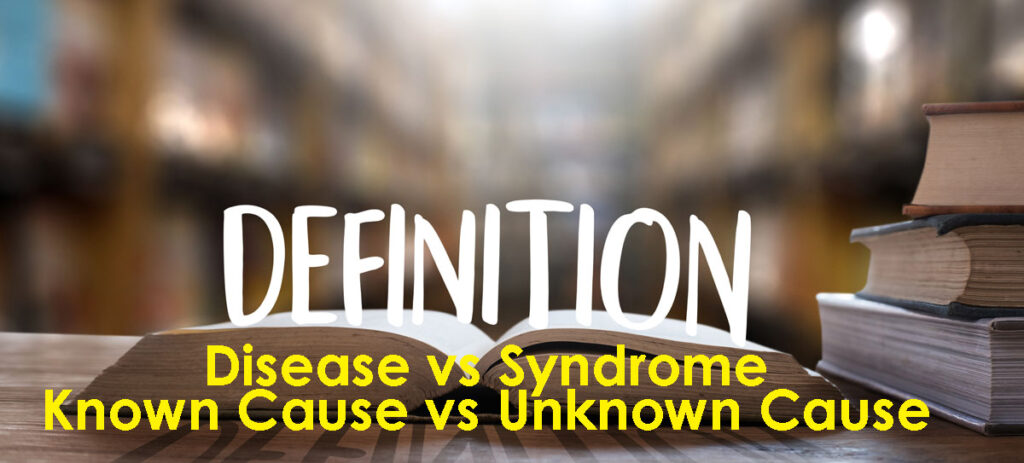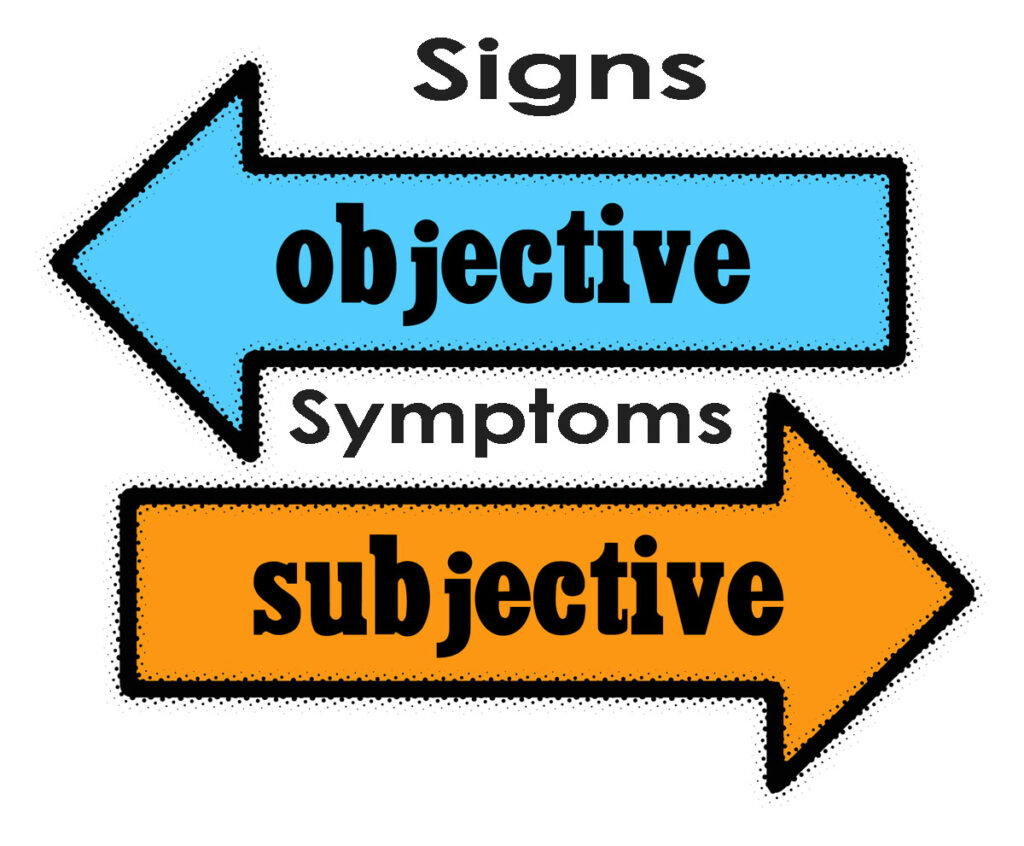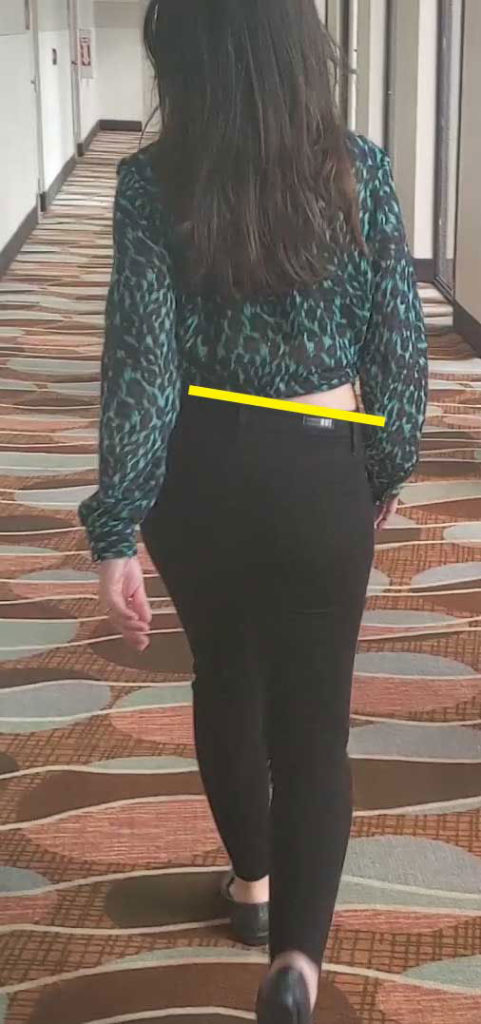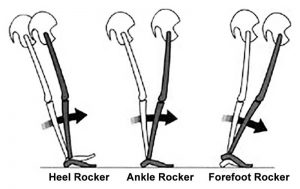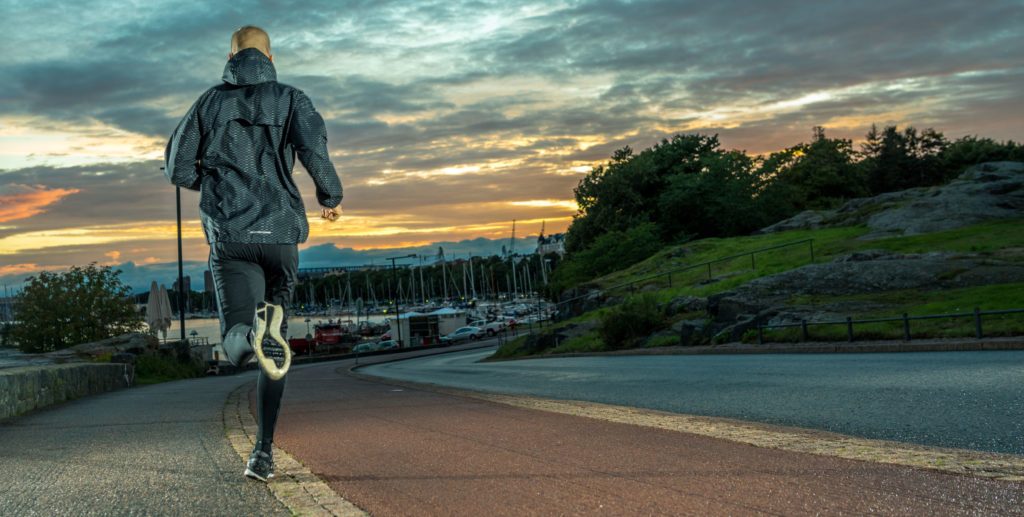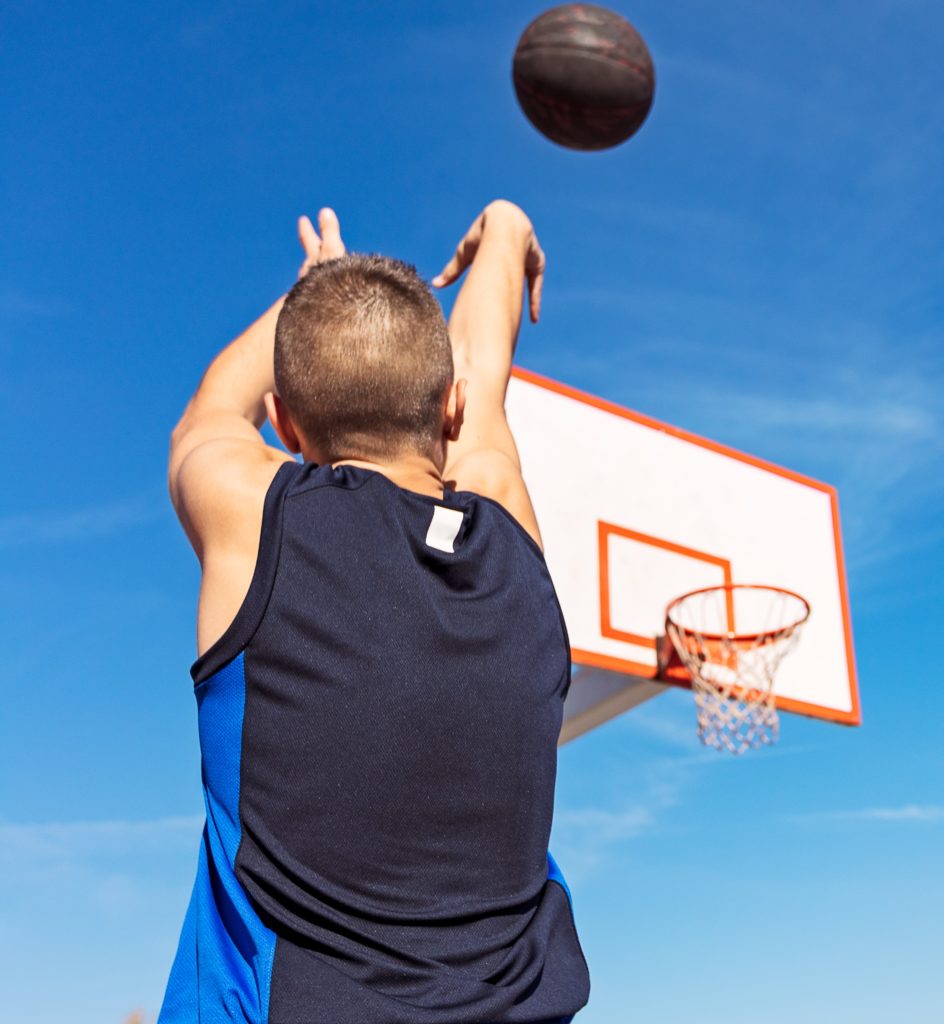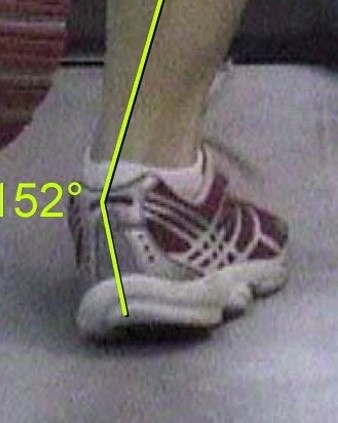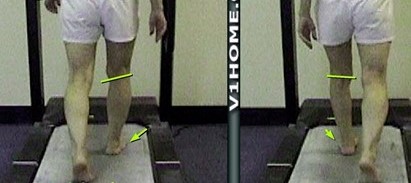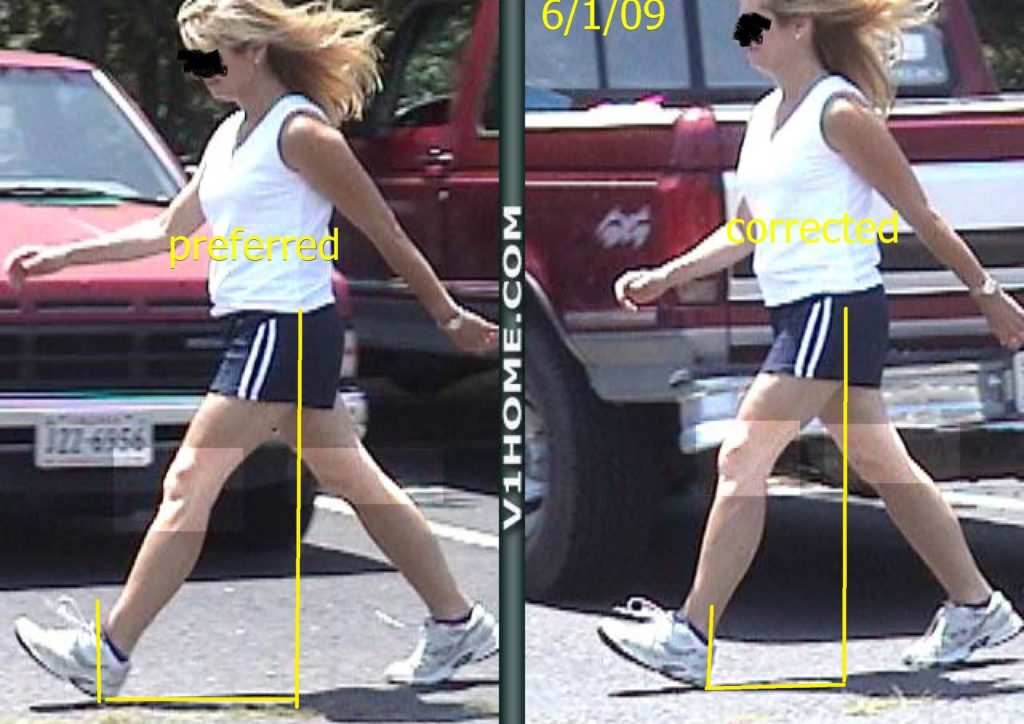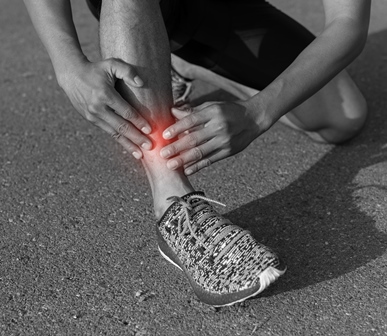Posts Tagged ‘Shin Pain’
Understanding the Nuances of Disease, Syndrome, & Uncertainty in Musculoskeletal Pain
Disease is a particular abnormal condition that adversely affects the structure or function of all or part of an organism and is not immediately due to an external injury. Syndrome is a group of symptoms that consistently occur together or a condition characterized by a set of associated symptoms. While disease and syndrome both involve…
Read MoreUsing symptoms &/or sign modification procedure to manage musculoskeletal pain syndrome
The symptom modification procedure is a clinical reasoning process and is a common practice in the Physical Therapy profession. The symptom modification procedure involves identifying the specific movement, posture, and/or activity that reproduces the patient’s symptoms. Typically, the symptom is pain, which can be weakness, falls, or other functional limitations. Then intervening to alter the…
Read MoreSensory preference & learning optimal movement
There are many cognitive strategies to cue, prompt, and provide feedback to improve movement. Theory of focus of attention The dominant theory proposed by Gabriele Wulf and colleagues is providing cueing, prompting, or feedback to facilitate learning to move in a more optimal way is using an external focus of attention is more effective and…
Read MoreGait deviations clustering gait deviations – injury – new data
In a previous blog article, I discussed the question “Is there a gait deviation or cluster of gait deviations which is common across musculoskeletal pain syndromes?” The consensus is currently there is no definitive evidence suggesting one gait deviation or cluster of gait deviations occurs more frequently or is more important than another. More research…
Read MoreDownhill running – up does not equal down
Running uphill does not equal downhill running. The faster speed of running downhill does not equal the slower speed of running uphill. The rule of thumb expressed in Jack Daniels’ Running Formula the classic book by running guru Jack Daniels, states that every percent gradient of uphill will slow you by 12 to 15 seconds…
Read MoreBetter cues & mental practice to improve skillful movements: Are external focus cues better than internal focus cues? It depends
Coaches, athletes, healthcare professionals, verbal cues, use mantras, self-talk, visual imagery, and skill training to improve movement. There are many cognitive strategies commonly used to improve human movement to move faster, farther, injury-free, and/or just look better moving. Types of cues: A substantial amount of research in the area of motor learning examines different types…
Read MoreGait Deviations Musculoskeletal Pain Syndromes: Is there a gait deviation or cluster of gait deviations which is common across musculoskeletal pain syndromes?
Gait deviations are considered risk factors and/or causative drivers for musculoskeletal pain syndromes. There is a growing body of research showing a relationship between gait deviations and musculoskeletal pain syndromes injuries: shin pain (here, & here,) ; patella-femoral arthralgia (here); IT band syndrome; Achilles pain; plantar heel pain (here, & here). There is growing consensus…
Read MoreGait Deviation – Excessive Inward Rotation of Hip Joint
Excessive inward rotation of the hip joint can be a contributing factor to development of repetitive use injuries of: Lateral hip pain (gluteal muscle tendinopathy) Buttock pain (piriformis syndrome) Anterior knee pain (patella femoral arthralgia) Lateral knee pain (IT band syndrome Shin pain (posterior tibial tendinopathy) Plantar heel pain This video first illustrates the gait…
Read MoreCuing to Alter Gait Deviation of Too Long a Step
Cuing to Alter Gait Deviation of Too Long a Step Mathematics helps explain walking or running faster. Step length X steps per minute = speed. In order to move faster there are 3 opportunities take longer steps or strides, increase the steps/minute (cadence), or do both longer steps and a faster cadence. Taking longer steps/stride…
Read MoreGait Analysis – Examination and Treatment of Shin Splints
The manner in which you walk or run can be a factor contributing to a repetitive use injury of the lower extremity. Pain in the lower leg, commonly called shin splints, occurs in response to a variety of activities including dancing, jumping rope, walking, and running. Novice runners and individuals with poor fitness level frequently…
Read More
